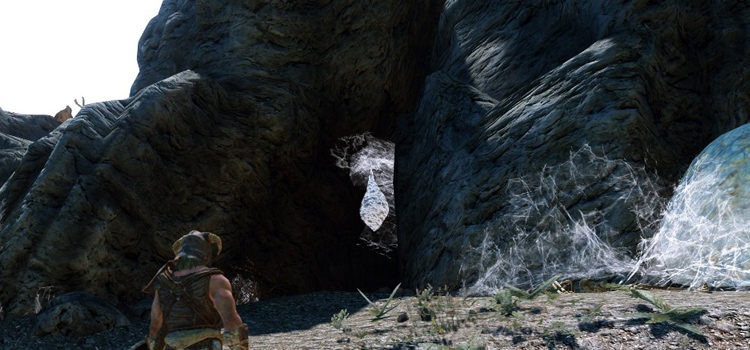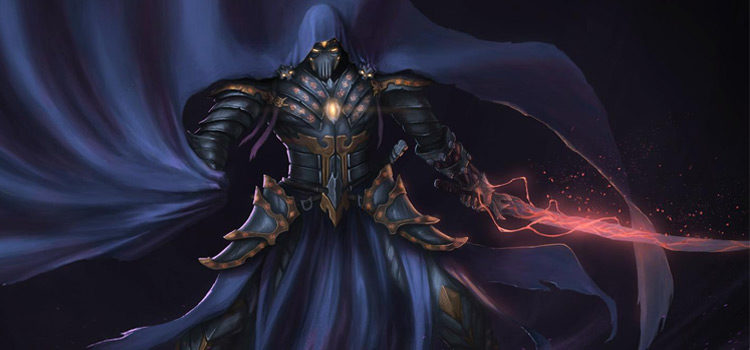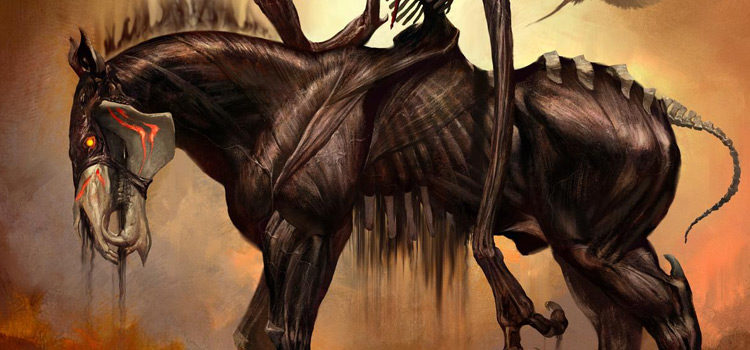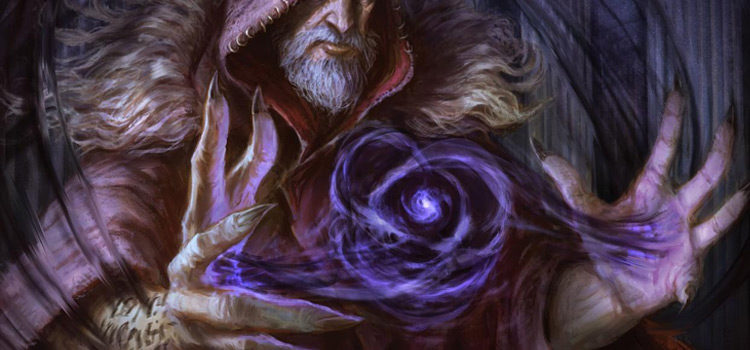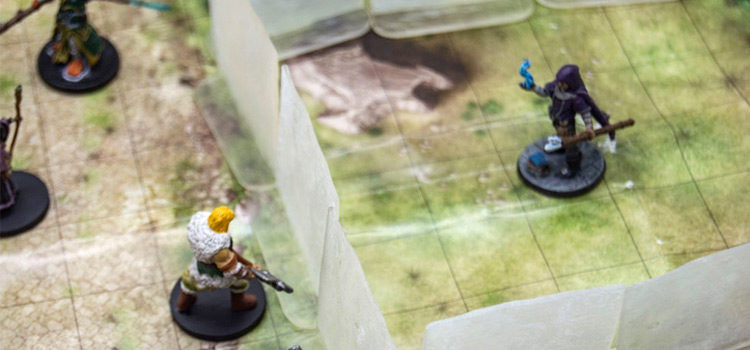Frostbite: D&D 5e Spell Guide
This post may contain affiliate links. If you buy something we may get a small commission at no extra cost to you. (Learn more).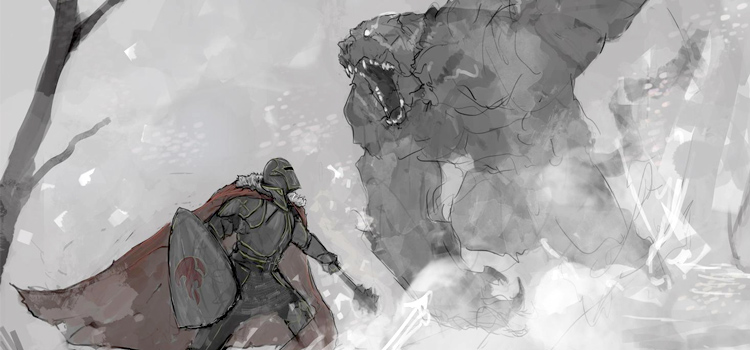
Not one of the most damaging cantrips in the game, I know. But damage isn’t everything.
This cantrip has its niche and fills it well.
Frostbite Spell Details
Type: Evocation Cantrip
Casting Time: 1 action
Range: 60 feet
Components: V, S
Duration: Instantaneous
You form frost on one creature in range. That creature must make a constitution saving throw and on a failed save, take 1d6 cold damage. In addition, this creature now has disadvantage on its next weapon attack on its next turn.
At 5th, 11th and 17th level, it gains an additional 1d6 damage, peaking at 4d6 at level 17.
Who Gets It?
Almost all the full casters gain access to this spell, with Artificers, Druids, Sorcerers and Wizards all gaining this spell, in addition to Warlocks.
All of these classes have access to this cantrip at level 1. Which is a good thing since this spell is more viable at lower levels due to the Con Save mechanic, and since more powerful enemies tend to have higher constitution scores.
Frostbite vs. Ray of Frost
So basically, there are two cold damaging cantrips in fifth edition: Frostbite and Ray of Frost.
Since most players tend to want a diverse arsenal of spells, if a cold damaging cantrip is chosen, it’s usually one or the other.
Many people agree on this decision, as Frostbite is the better overall spell.
Ray of Frost is a ranged spell attack versus Frostbite being a save or suck cantrip, and Ray of Frost does a d8 of damage versus Frostbite’s one d6.
So far, it seems like Ray of Frost is a little better. But Frostbite’s debuff is much better than Ray of Frost’s. You either inflict disadvantage on a creature’s next weapon attack (Frostbite) or slow a creature down by 10 feet for a turn (Ray of Frost)
One is obviously better than the other in that regard, as inflicting disadvantage is an amazing effect to do. Two cantrips cause disadvantage, and one of them is only available to Bards (Vicious Mockery)
So Frostbite on average can deal about 1 damage less (3.5 vs 4.5). But it’s secondary effect more than makes up for it.
Frostbite 5e Build Ideas
Silver/White Draconic Bloodline Sorcerers
Most Draconic Bloodline Sorcerers focus on a specific damage type, due to the benefits gained for your sixth-level feature, Elemental Affinity, as it increases your Damage per Second (or in Dungeons and Dragons terms, Damage per Round).
Besides that, the elemental adept feat is a very common pick for Draconic Bloodline Sorcerers. It allows your damage type to overcome resistances, since cold damage is the third most common damage resistance by creatures in the game.
Thematically, Frostbite fits in perfectly. It makes sense for your innate sorcerer power, derived from a type of dragon(in this case Silver or White) to match the element (damage type) associated with that dragon.
So Frostbite is a perfect early manifestation of this innate spellcasting.
Frostbite is a much better choice than Ray of Frost, especially at early levels, since the disadvantage can potentially save your life at the tradeoff of a little less damage (d6 vs d8). So it makes sense to choose as your cold damage cantrip.
Evocation Wizards
Not much to say here. Wizard Subclasses still aren’t great but your Potent Cantrip feature gained at 6th level still allows you to hit enemies that save the throw, but they don’t gain the additional effect.
Which is the whole point of using frostbite, and only take half damage from said attack.
It fits the theme, only since Wizard Subclasses are centered around spell types. And since Frostbite is an evocation cantrip, it fits best here.
Circle of the Land (Arctic) Druids
So since Frostbite is an elemental attack, and especially a cold damaging attack, it fits well with the nature theme of a Druid.
One Druid subclass, Circle of the Land specifically, the Arctic Circle of the Land fits perfectly in a thematic sense with Frostbite.
Since your drudic training was initiated in a colder biome, you gain many different cold spells.
Examples are Sleet Storm, Ice Storm, and Cone of Cold as your Circle Spells. You also gain an additional Druid cantrip with this subclass, where Frostbite can be chosen.
It perfectly fits the cold magic, and the debuffing nature of this circle. Even the non-cold spells in this circle like Slow, Hold Person, and Spike Growth, mostly have a debuffing property. Whether that be crowd control, difficult terrain, and/or affecting movement speeds.
Frostbite is a great spell to accentuate your spellcasting focused druid, and that’s what Circle of the Land is perfect for.
Other Ideas
Despite being available for both Artificer and Warlocks, I can’t say that Frostbite really fits either, both optimally and thematically.
Frostbite isn’t a terrible choice for Artificers, since it is a good cantrip. But works better with other classes more, and Fire Bolt is a better damaging cantrip option.
Warlocks rely on Eldritch Blast since many invocations work with that, and Frostbite cannot compete with Eldritch Blast that way.
Frostbite is better if the enemy is close to you. As with most squishy characters, the disadvantage can be the difference between life or death. But the situational nature of this means Frostbite is meant for that… and that is the only time where it would be used over Eldritch Blast.
Final Thoughts
Frostbite is a great spell for lower level games, and is one of the best early Cold Damage spells in 5e.
It can be a great choice for many characters, but isn’t quite an essential spell for everyone. Think over your character build and decide whether it’s a solid fit for your next campaign.
